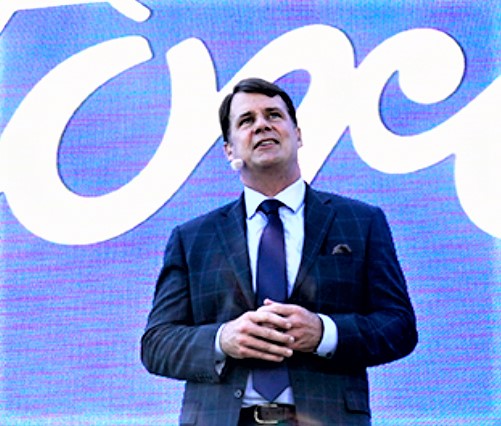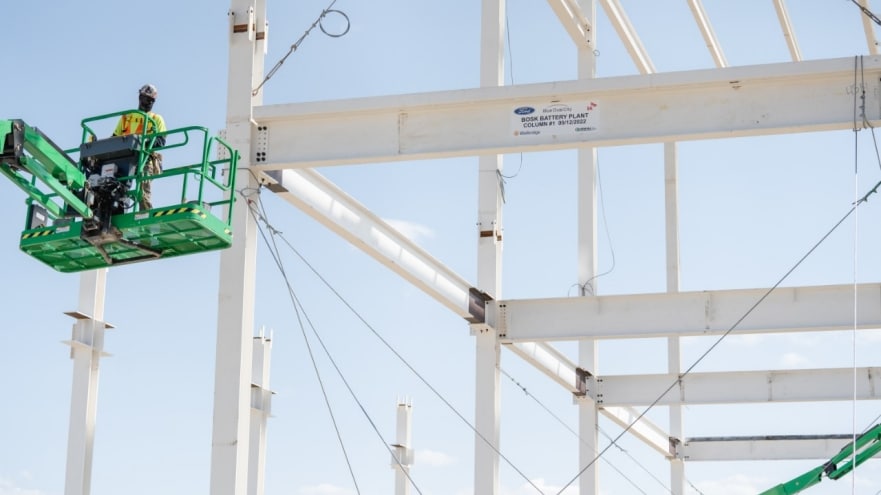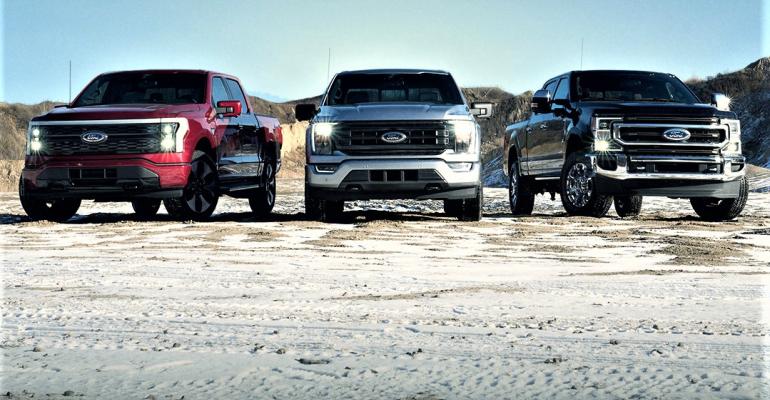Reluctantly sounding a familiar refrain, Ford CEO Jim Farley says the automaker has quality problems that are undermining its performance.
During a meeting with analysts after the release of Ford’s final financial report for 2022, Farley (pictured, below left) admits the company fell well short of its goals last year.
“We left $2 billion in profit on the table. To say that I am frustrated is an understatement,” Farley says, adding the company’s planning for the future is solid, but the execution must improve.
 The CEO, who has complained about Ford’s warranty costs and quality issues in the past, says quality lapses remain a major concern.
The CEO, who has complained about Ford’s warranty costs and quality issues in the past, says quality lapses remain a major concern.
“We led the industry in recalls for the second year in a row,” Farley says. “Clearly that’s not acceptable.”
Ford also must do more to eliminate waste and inefficiency in its product development processes, he says, adding that improving the productivity of the IT engineering staff will be a critical issue in the near term, he says.
In addition, Farley says, Ford must do more to shore up relations with suppliers as it reorganizes into three new units: Model E for electric vehicles, Ford Blue for vehicles with internal-combustion engines and Ford Pro for commercial vehicles.
While supply-chain disruptions eased during 2022, Ford still wound up paying more than $1 billion for special and premium freight to ensure its assembly lines had the components required to keep operating, he says.
The supply-chain and quality problems are being addressed as Ford’s Model E unit pushes ahead with the “intensity of a start-up” to increase production of battery-electric vehicles. Ford built roughly 12,000 EVs in December but expects the pace of EV production to reach 50,000 units monthly by the end of 2023, Farley says.
Ford is now the second-largest seller of BEVs in the U.S. and its BEV sales more than doubled in January, according to the company’s monthly sales reports.
The ambitious effort will raise BEV production to a rate of 600,000 units annually and boost Ford’s BEV production worldwide to 2 million units annually by the end of 2026, Farley says. Ford will have enough material for batteries as it pushes forward with a new assembly plant in Tennessee (pictured, below) and, with its partner SK Innovation, battery plants in Kentucky and Tennessee, he says.

The CEO says Ford Blue, the company’s ICE vehicle unit, also is in a position to remain profitable for the foreseeable future as products such as a new, heavy-duty pickup truck, seventh-generation Mustang and new Ranger reach showrooms this year.
Ford Pro is off to a strong start as it begins to realize revenue from its software business, which appeals to efficiency-minded commercial customers, Farley says.
Ford revenue for the fourth quarter and all of 2022 reached $44.0 billion and $158.1 billion, respectively. For the same periods, the company had net income of $1.3 billion and a net loss of $2.0 billion, and adjusted EBIT of $2.6 billion and $10.4 billion. The results were below Ford’s expectations, attributable in part to execution issues in an environment with supply-chain and production instability, resulting in higher costs and lower-than-planned volumes.
Operating cash flow for the year was $6.9 billion; full-year adjusted free cash flow was $9.1 billion. The company ended 2022 with a continued strong balance sheet: $32 billion in cash and $48 billion of liquidity.
“We have great flexibility to invest in the Ford+ growth plan and return capital to shareholders at the same time,” says Chief Financial Officer John Lawler.
Accordingly, the company declared a first-quarter regular dividend of $0.15 per share and a supplemental dividend of $0.65 per share. In addition to strong cash flow, the supplemental dividend reflects monetization of Ford’s stake in BEV start-up Rivian, which began last May and now is nearly complete, Lawler says.





